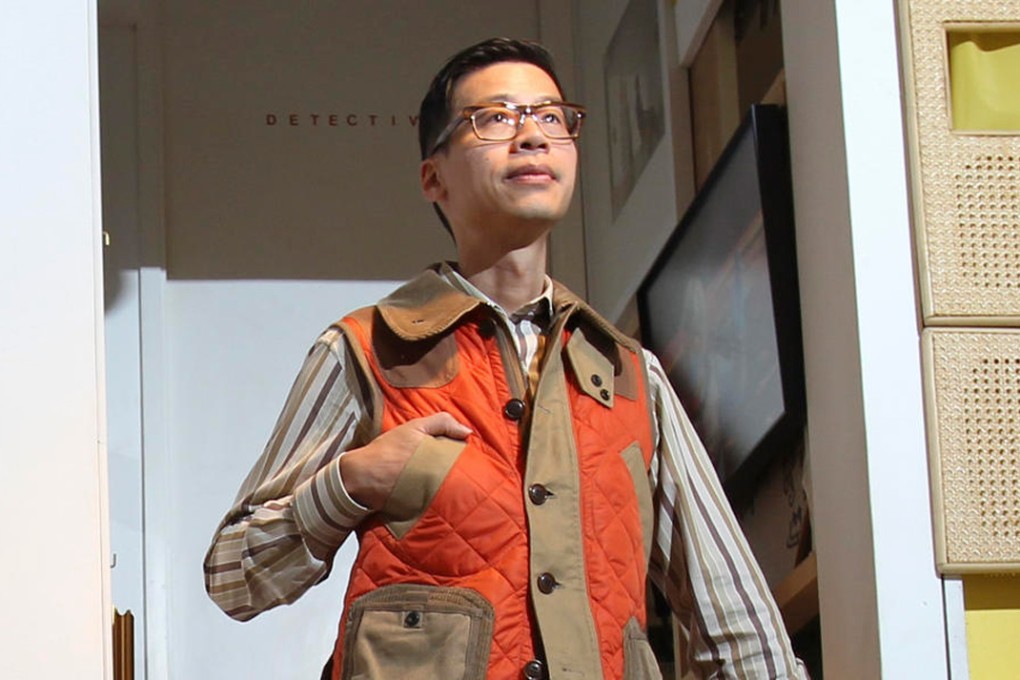My life: Kacey Wong Kwok-choi
The artist and activist tells Bernice Chan about stepping off the conventional career path and how Occupy is causing a rift in his family

B I had a normal childhood but I always felt this need to satisfy my parents' desires and so I became an architect: I could draw, make models and make money, like they wanted. I graduated from Cornell University in Ithaca, the United States, with an architecture degree and worked for five years in the field, but it didn't satisfy my desire to help humanity. At first, I thought I could do that through designing interesting and quality architecture. But I realised (society's) problems couldn't be solved by an engineer - if you delve deeper, they're related to politics. I was doing fine arts in my spare time and I decided to move more into that area, which gives me more freedom. It was a slow transition.
Artist Ai Weiwei once said, "Everything is art, everything is politics." I started doing political art in 2011, when Ai was illegally detained by the Communist Party and I began to investigate why they were afraid of him. He wanted to find out how many children were killed (in the 2008 Sichuan earthquake), and to change architectural codes. But because he exposed how many children died, he was detained. What does that say? It's difficult to be a good guy in China. But there are people there who want to do good, like human rights lawyers and ordinary citizens.
I tried to do art in Times Square but it was impossible. I wanted to have two chairs and sit on one and talk to people like Aristotle did. But that was not possible because the security guards said they would kick me out, treat me like a hawker. Sometimes I feel the government treats its citizens like they're eight years old - "Don't do this, don't do that."
My piece Wandering Home is about old Hong Kong. It's a dwelling made out of wood and metal sheets attached to a tricycle and is about living freely in search of the old Hong Kong. In the 1960s, we were all escapees from mainland China and poor so we helped each other.
When you're an artist, you want to have an audience. Weekly protest marches in Hong Kong give you a ready-made audience. And when you have that big a crowd you want to make big pieces. I've created a robot, a tank and a battleship. I made the battleship Raptor after the PLA claimed its own dock in Central. I created it out of cardboard and it transformed into a park, which is what people actually wanted in that space. I destroy my models after they have been used, because I've got no place to store them. We used sledgehammers, which we named "I love Hong Kong", to smash the battleship into smithereens .
The "umbrella movement" has seen an explosion of artistic expression that wasn't achievable before because you wouldn't get promoted unless you had an "in" to those circles. Occupy saw a big release of public space on Harcourt Road that toppled the existing order. You can see all kinds of art: satire, road signs, chalk drawings. Art changed the physical site. The work is so powerful.
I have spent many days in Admiralty during the protests and in the middle of the night there have been parents with their young daughters handing out apples to protesters. It has happened not once but many times. There's a lot of perseverance to fight this battle. I have been touched.
